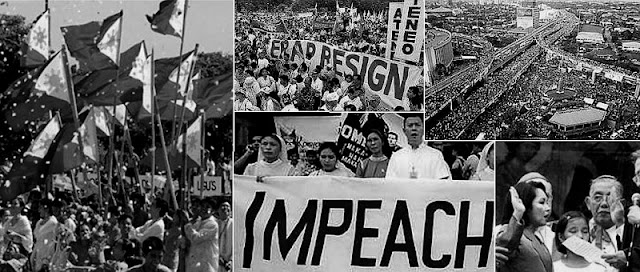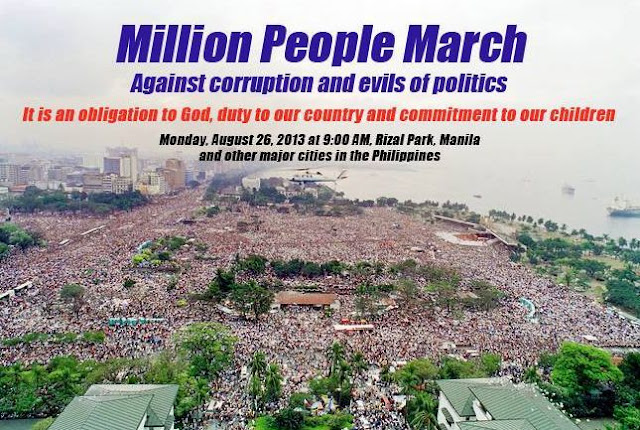Role of ICT in EDSA Dos
EDSA DOS:
THE FIRST E-REVOLUTION
THE FIRST E-REVOLUTION
 |
| https://archijournal.files.wordpress.com/2011/12/edsa-revolution-dos |
EDSA Revolution of 2001, also called by the local media as EDSA II or the Second People Power Revolution. A four day political protest from January 17-20 2001 that peacefully end the administration of President Joseph Estrada. Advocates describe EDSA II as popular but critics view the uprising as a conspiracy among political and business elites, military top brass and Catholic Cardinal Jaime Sin.
The collapse of impeachment to remove the former President, Joseph Estrada was the start of text brigades. Propagandas about his corruption became dispersed. Text brigade was the fastest and cheapest way of relaying messages that time. Estrada ordered key government agencies to do something about the alleged text messages. The revolution wouldn't be succesful without mobile technology.
 |
| https://tdeocampocnshs.jimdo.com/role-of-ict-in-history/ |
The mobile phones become the key device used in coordinating collective action. Mobile phones are ubiquitous in the Philippines. Quickly the following senators' decisions. Filipinos began responding to text messages calling them to action. Typical SMS messages include the following example:
"Wear black to mourn the death or democracy."
"Expect there to be rebels."
"Military needs to see 1 million at a rally tomorrow. Jan.19 to make a decision to go against Erap! Please pass on."
All sources indicate that the messages calling for mass demonstrations were not the result of an alert system where Filipinos had signed to receive text about emergencies or calls to action. Rather, Filipinos primarily received messages from peers within their existing social networks. However, it is not the imagination to think that multiple individuals had the same idea to organize at the same place as they did 15 years earlier.
The events of People Power II exemplify how conditions ripe for political activity, coupled with the power of emerging technology, can converge to create a powerful movement with lasting consequences. Smart Communication,|Inc., a mobile operator in the Philippines, reported that in one day, over 70 million text messages were sent. On contrary, an email that was hoping to collect 1 million signatures to call for Estrada's resignation only received 91,000 signatures. Looking at the culture and circumstances, a crowd could have been mobilized via voice messages, e-mails, and word of mouth. But then, Filipinos were able to mobilize a tool they were already familiar with-text messaging- to communicate their ideas and plans rapidly and present a forceful showing against Estrada immediately after the news about the vote was released.
"The media, even the freest countries, are therefore squandering there potential to be an agent of positive change, to preserve diversity of views, to give voice to minorities, and to serve as a feedback mechanism for policy making in democracy." says journalist Kunda Dixit.
"Wear black to mourn the death or democracy."
"Expect there to be rebels."
"Military needs to see 1 million at a rally tomorrow. Jan.19 to make a decision to go against Erap! Please pass on."
All sources indicate that the messages calling for mass demonstrations were not the result of an alert system where Filipinos had signed to receive text about emergencies or calls to action. Rather, Filipinos primarily received messages from peers within their existing social networks. However, it is not the imagination to think that multiple individuals had the same idea to organize at the same place as they did 15 years earlier.
 |
| /bp3.blogger.com/_n4LkGjtuOAo/R4jY-u_jkYI/I-POWERED-EDSA2-peple-power |
"The media, even the freest countries, are therefore squandering there potential to be an agent of positive change, to preserve diversity of views, to give voice to minorities, and to serve as a feedback mechanism for policy making in democracy." says journalist Kunda Dixit.


Mga Komento
Mag-post ng isang Komento